Fires can be devastating for property owners in Seattle, Washington, leaving behind both economic and personal repercussions. Restoring property after a blaze requires taking immediate steps toward restoration. This comprehensive article explores the key aspects of fire and smoke damage restoration to help you achieve a successful recovery.
Understanding Fire and Smoke Damage Restoration
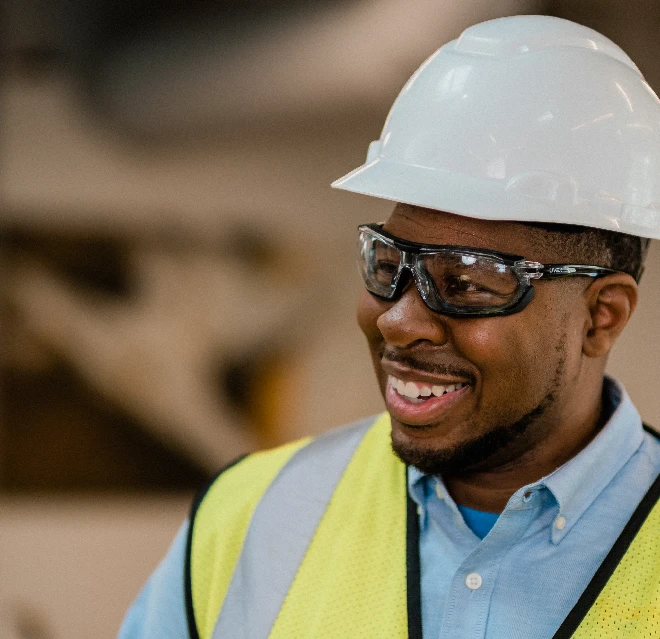
Prioritizing Health and Safety during Restoration
Fire and smoke damage restoration poses health risks due to inhaling toxic smoke particles and being exposed to potentially toxic substances. To safeguard everyone's health during restoration, safety measures need to be put in place, such as wearing personal protection equipment (PPE). Restoration professionals must also address structural integrity and safety issues to create a secure environment.
Seattle restoration specialists take environmental considerations seriously when performing restoration work. Professional restoration teams use eco-friendly methods to minimize their environmental impact. For example, they use appropriate cleaning supplies to remove remaining fire-suppression fluids and purify the air to eliminate smoke particles.
FAQ About Fire and Smoke Damage Restoration in Seattle
Residential and Commercial Services
From water damage restoration, fire damage restoration, mold removal, to specialty cleaning services, we have the expertise property owners can trust for complete restoration and cleaning after a disaster or emergency.
-
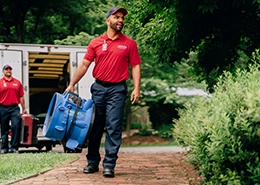
Water Damage Restoration
Restore properties after significant water damage from natural disasters or plumbing issues.Learn more Water Damage Restoration -
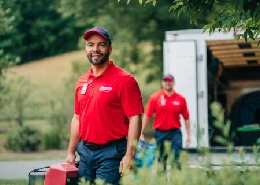
Smoke and Fire Damage Restoration
Remediation of structural fire damage, soot, and smoke stains to fully restore a property.Learn more Smoke and Fire Damage Restoration -
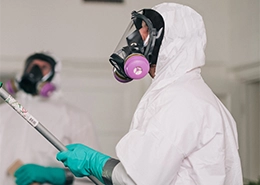
Mold Removal
Safeguard the health of occupants by eliminating potential health hazards and prevent further damage.Learn more Mold Removal -

Full-Service Reconstruction
Restore lives and rebuild properties after damaging events such as a fire, flood, or severe weather.Learn more Full-Service Reconstruction
Customer Reviews
View All Reviews
The Neighborly Done Right Promise® delivered by Rainbow Restoration®, a proud Neighborly company.
White Papers
-
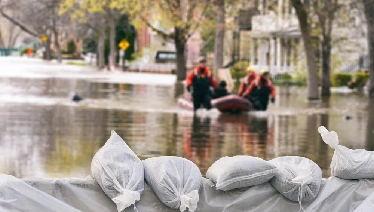
Disaster Restoration Response Time and Why it Matters
-
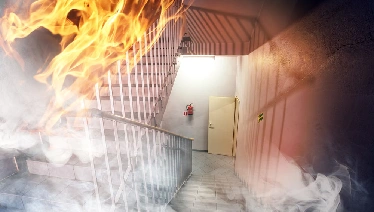
The Role of Emergency Preparedness Planning in Minimizing Business Disruptions
-
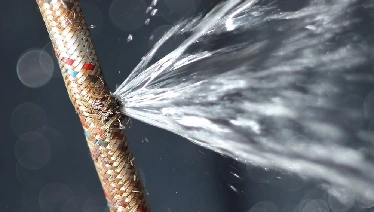
Protecting Your Home, Rental Property, or Business from Appliance-Related Floods
